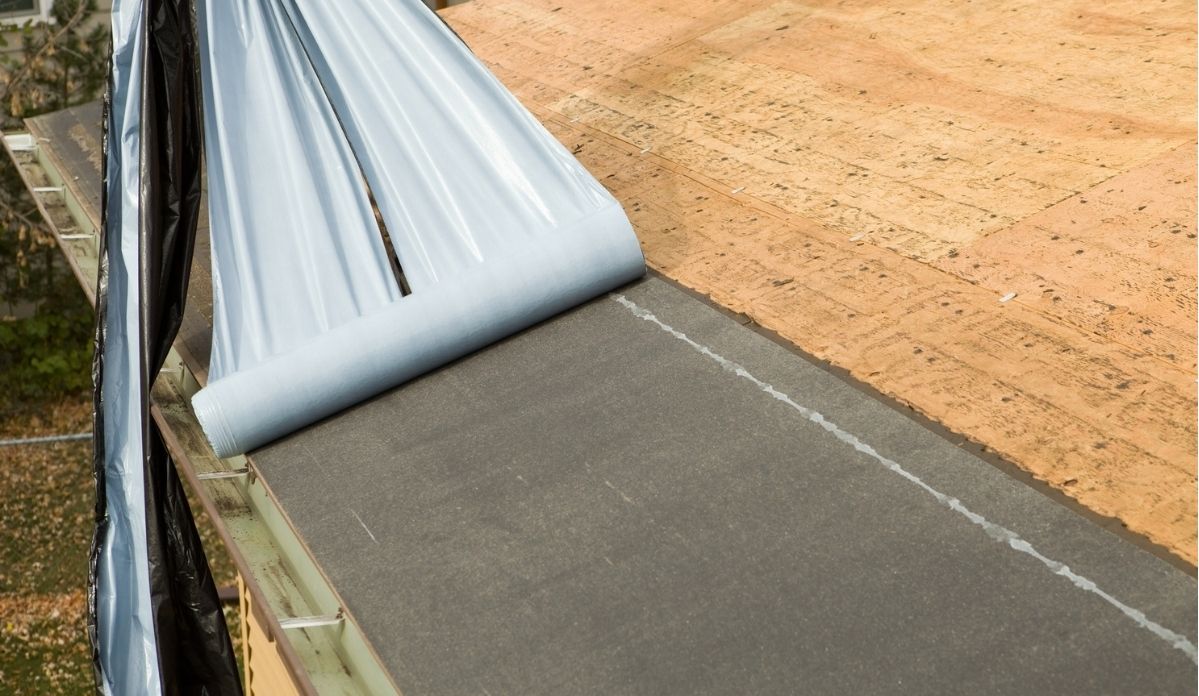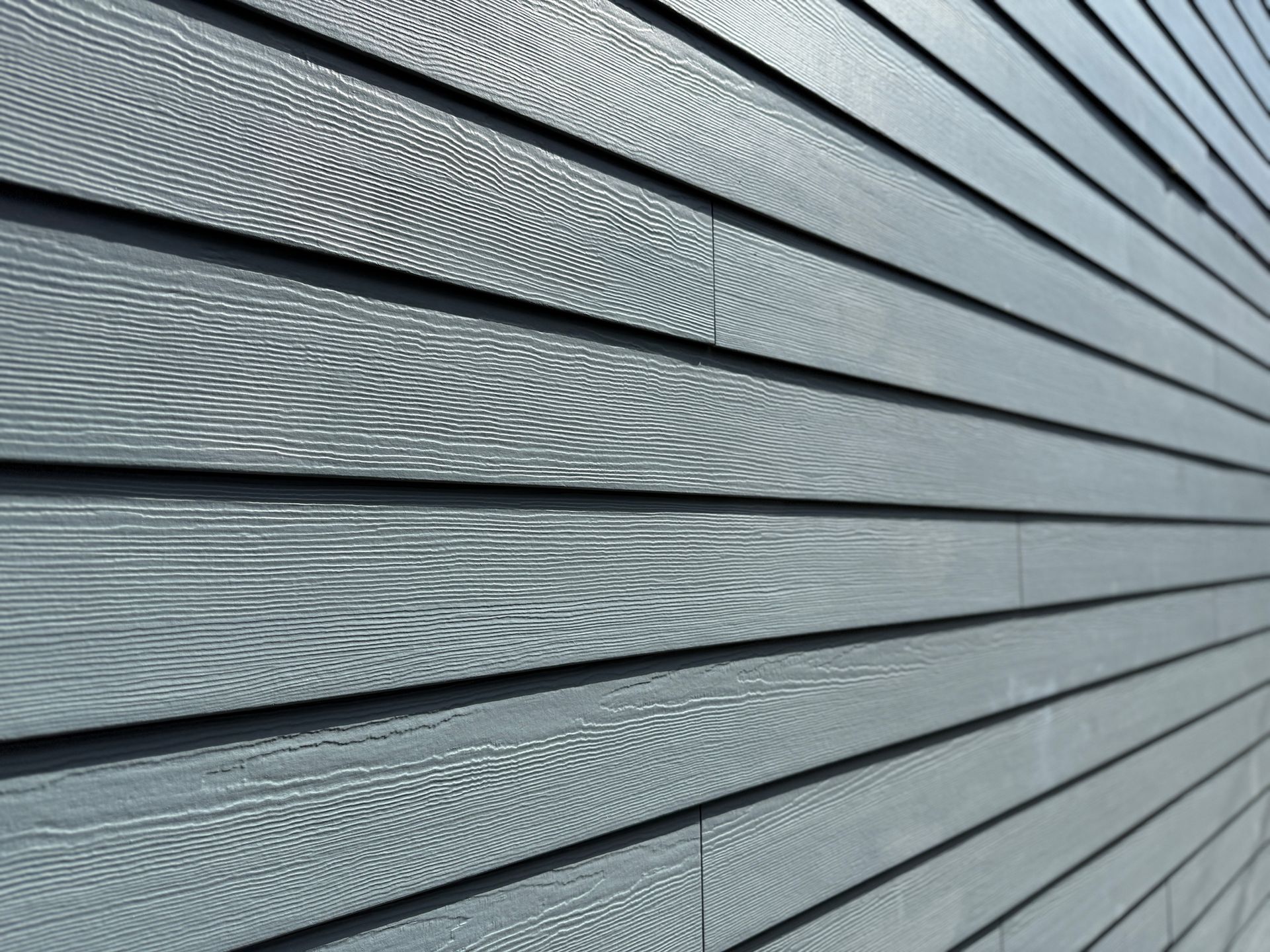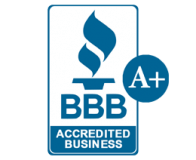What to Do After a Storm Hits: Essential Steps Every Homeowner Should Know
When a storm hits, your roof is your home's first line of defense against the elements. High winds, heavy rain, hail, and flying debris can cause significant damage, leaving your home vulnerable to leaks and structural issues.
Knowing what to do after a storm can save you time, money, and stress. Here’s a step-by-step guide on how to assess damage, prevent further issues, and get the right repairs for your roof.
Step 1: Look for Signs of Roof Damage
Do a visual inspection from the ground.and look for these common signs of storm damage:
- Missing or lifted shingles – Strong winds can tear shingles off, exposing the underlayment.
- Hail damage – Hailstones can dent metal roofing, crack shingles, and damage gutters.
- Debris on the roof – Fallen branches or other debris can puncture roofing materials.
- Water stains inside your home – Check ceilings and walls for discoloration, a sign of leaks.
- Gutter and downspout issues – Bent or detached gutters can indicate roof damage.
If you see signs of damage, avoid climbing onto the roof yourself. A professional inspection is the safest way to assess the situation.
Step 2: Contact a Professional Roofing Contractor
Storm damage isn't always obvious, and what looks like minor damage can lead to major issues later. A professional roofing contractor can:
- Conduct a detailed inspection of your roof.
- Identify hidden damage that may not be visible from the ground.
- Provide an estimate for necessary repairs or replacement.
Make sure to choose a reputable, licensed, and insured roofing contractor with experience in storm damage repairs.
Step 3: Contact Your Insurance Provider
If the damage is significant, you may need to file a claim with your homeowner’s insurance. Here’s what to do:
- Document the damage – Take clear photos and videos from multiple angles.
- Save receipts – If you need emergency repairs, keep records of any expenses.
- Work with your contractor – Many professional roofing companies will assist with the insurance claims process.
Step 4: Schedule Permanent Repairs
Temporary fixes like tarping can only do so much. Once your insurance claim is processed, schedule a permanent
repair or
roof replacement as soon as possible. Delaying repairs can lead to water damage, mold growth, and even structural issues.
Conclusion
Regular roof maintenance can help prevent severe damage when the next storm rolls in. Consider scheduling an annual roof inspection with a professional contractor, like Matt's Exteriors, to catch potential issues before they become costly repairs.
FAQ
Q: What are the most common signs of storm damage to my roof?
A: Look for:
- Missing, cracked, or lifted shingles
- Dents or bruises from hail
- Leaks or water stains inside your home
- Damaged flashing or vent covers
- Granules collecting in gutters
- Sagging or drooping sections of roof
Q: How soon should I have my roof inspected after a storm?
A: As soon as possible. Even if you don’t see obvious damage, small issues can become big problems fast. A professional inspection can detect hidden damage before it leads to leaks or costly repairs.
Q: Should I file an insurance claim right away?
A: If you suspect damage, get a professional roof inspection first. They’ll document the damage and let you know whether it’s worth filing a claim. Filing unnecessary claims can affect your policy.
Q: How do I avoid roofing scams after a storm?
A: Be wary of:
- Contractors who show up uninvited
- Requests for large upfront payments
- High-pressure sales tactics
- Out-of-town companies with no local references
Always verify licensing and insurance, and check online reviews.












